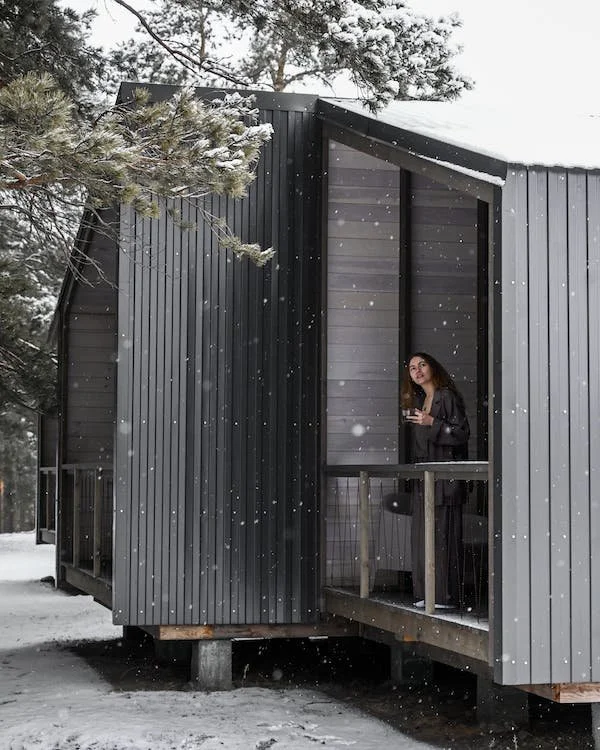All You Need to Know About Granny Flats
RH Business Marketing Solutions
Granny flats, also known as secondary suites or in-law apartments, are becoming increasingly popular as a solution for homeowners who need extra space for family members, friends, or renters. These small, self-contained living spaces offer a number of benefits, including additional income, flexible living arrangements, and increased privacy. However, before deciding to build a granny flat, it's important to understand the legal requirements, the costs involved, and the potential drawbacks.
Legal requirements
Granny flats are subject to zoning laws and building codes, which vary from state to state and even from city to city. It's important to check with local authorities to see what the regulations are in your area. In addition to local zoning laws and building codes, there may be other legal requirements to consider when building a granny flat. For example, some states and cities require separate utility meters, fire safety systems, and emergency exits for granny flats. Homeowners may also need to obtain permits and certifications, such as a building permit, electrical permit, and plumbing permit. In some cases, homeowners may also be required to obtain liability insurance or show proof of financial responsibility in case of accidents or injuries.
Cost considerations
The cost of building a granny flat can vary greatly depending on the size and complexity of the structure, as well as the materials used. On average, granny flats can cost anywhere from $50,000 to $200,000 or more. However, some more basic models can be built for as little as $20,000. It's important to consider not only the initial cost of construction, but also ongoing expenses such as utilities, insurance, and property taxes. Still, before you enter the building stage, you need to think about bluepients and focus on quality - none of these things is going to matter if your construction is unstable. That’s why you might consider finding a professional in your area. If you’re in Australia, you should stick to a structural engineer from Sydney who’ll tell you all about these things and make sure that your project is structurally safe and cost-effective at the same time.
Rental income
One of the biggest benefits of a granny flat is the potential for additional rental income. Renting out the space can help offset the cost of construction and provide a steady stream of income for homeowners. However, it's important to be aware of local rental laws and regulations, as well as the responsibilities of being a landlord. Homeowners should also consider the impact that having renters on the property may have on their own privacy and quality of life.
Living arrangements
Granny flats offer a flexible living arrangement for homeowners and their families. They can be used for a variety of purposes, such as housing elderly parents, adult children, or other relatives. They can also be used as guest rooms, home offices, or rental units. Granny flats can provide a sense of independence and privacy for both the homeowners and their guests, while still allowing for close proximity and support.
Design options
Granny flats come in a variety of designs and styles to suit a range of needs and tastes. They can be attached to the main house or detached, and can range from simple studios to more complex multi-room structures. Homeowners can choose from a variety of materials, including wood, concrete, and steel, and can customize their granny flat with a range of features, such as kitchens, bathrooms, and outdoor spaces. With so many options available, homeowners are sure to find a granny flat design that fits their needs and budget.
Potential drawbacks
While granny flats can offer many benefits, there are also some potential drawbacks to consider. For example, the addition of a granny flat may impact the value of a home, either positively or negatively, depending on factors such as local zoning laws and the overall design of the structure. Homeowners may also face challenges with obtaining financing, especially if they have a small or low-value property. Additionally, they may face difficulties with managing tenants, especially if they have little experience as landlords.
Granny flats can be an excellent solution for homeowners who need extra space, income, or flexible living arrangements. However, it's important to carefully consider the legal requirements, cost, and potential drawbacks before making a decision. Homeowners should take the time to research their options, consult with professionals, and weigh the benefits and drawbacks to determine if a granny flat is right for them. With the right planning and preparation, a granny flat can be a valuable addition to any home and provide a range of benefits for years to come.
Guest Contributor: Diana Smith





